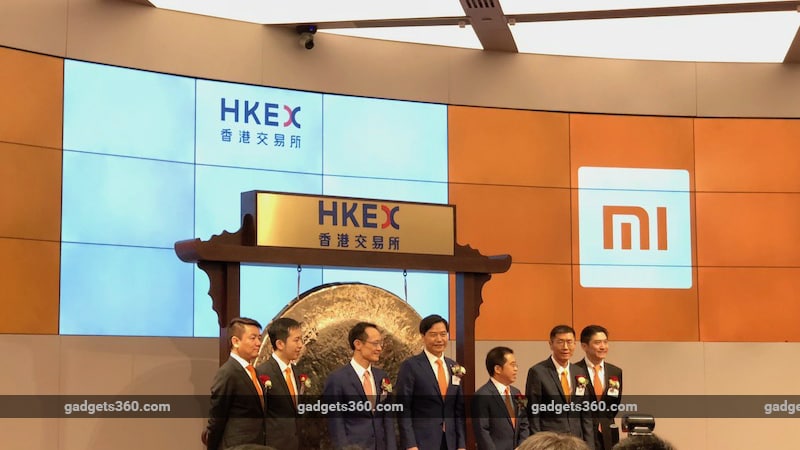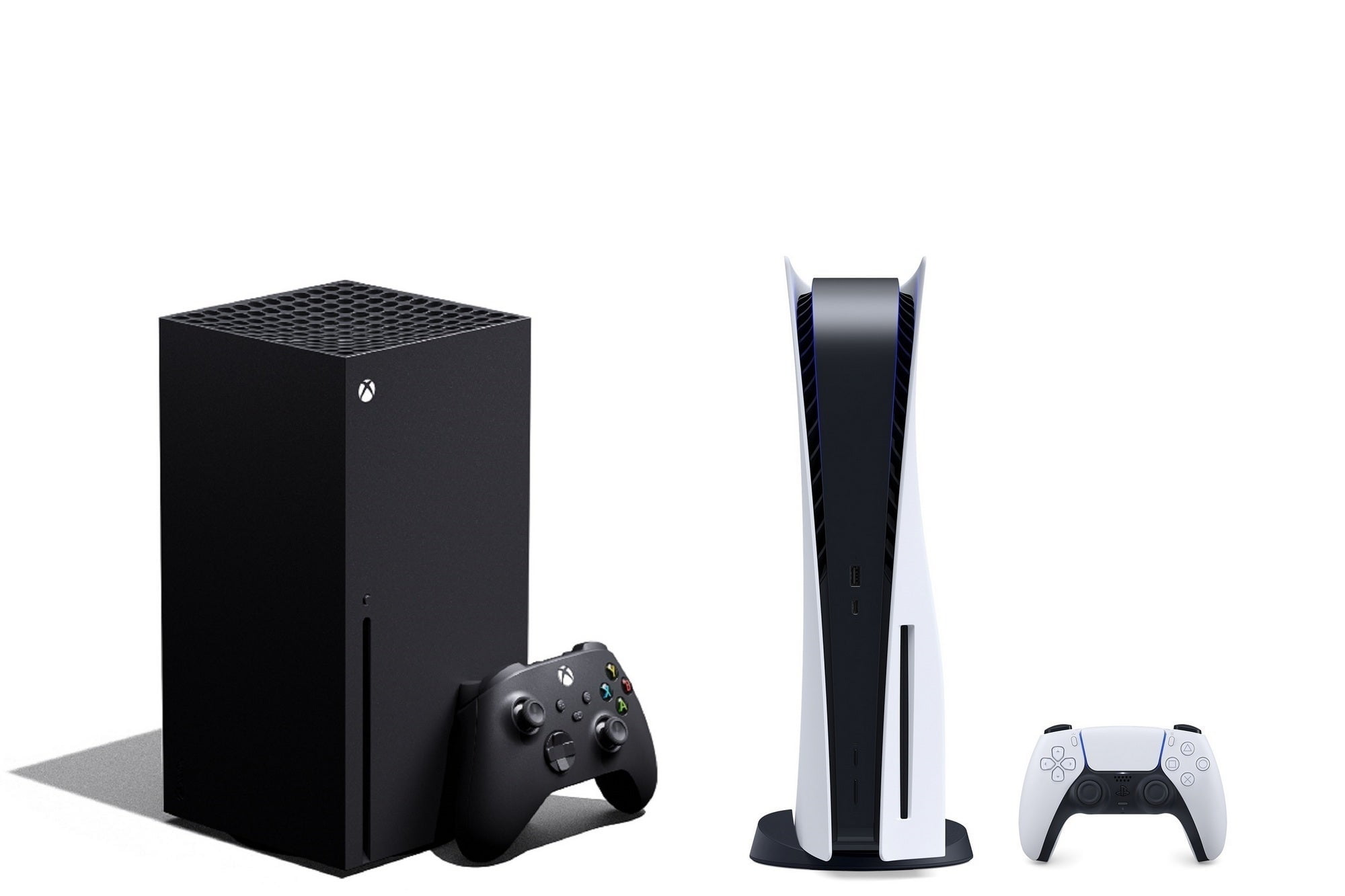
Xiaomi completed its first day as a publicly listed company on Monday after a Hong Kong stock exchange debut marked with plenty of glitz and fanfare. The market, however, didn’t quite share the enthusiasm of the Xiaomi employees – new and old, including the likes of Hugo Barra, now of the Facebook parish – who had gathered at the exchange to celebrate the milestone, as the Xiaomi stock got off to an inauspicious start, before recovering from the day’s lows to close at a little over 1 percent down compared to its listing price.
Xiaomi priced its IPO at HKD 17 (roughly Rs. 148) per share, raising $4.72 billion (roughly Rs. 32,200 crores) in the world’s biggest technology float in four years, valuing the company at about $54 billion (roughly Rs. 3.7 lakh crores), almost half the $100 billion (roughly Rs. 6.85 lakh crores) it had initially hoped for, and below its more recent target of at least $70 billion. Even before public trading started confidence was low, with investors selling at a discount on the unofficial “grey market” last week, Bloomberg News reported. On Monday, the Xiaomi stock ranged between HKD 16 and HKD 17, closing at HKD 16.80.
A delay in Xiaomi’s plan to launch new so-called Chinese Depository Receipts (CDRs) in Shanghai as well as doubts about the sustainability of its business model were among reasons for the lower valuation, analysts said. Analysts say Hong Kong’s technology listings have struggled in recent months, deflating investor interest, while escalating trade tensions have made it a bad time to launch an IPO.
In the build up to the Xiaomi IPO, the company announced that it will cap hardware income margins at 5 percent. A company announcing it will limit profits is strange in itself, but the timing of the announcement was particularly curious, as it came at a time when Xiaomi was trying to raise money for its IPO.
Gadgets 360 was in attendance at a select media briefing post the Xiaomi IPO listing in Hong Kong on Monday, and we asked Shou Zi Chew, Chief Financial Officer at Xiaomi, if the announcement that the company will cap hardware profits did in any way lead to what’s ultimately turned out to be a tepid response to the Xiaomi IPO.

Shou Zi Chew, Chief Financial Officer at Xiaomi
Photo Credit: Xiaomi
“I think the perspective to take on this cap on hardware profits needs to be a long-term one,” Chew said. “Honestly, this really is not just a commitment from this generation of management. It’s for the next generation [as well] and the generation after that – the people who will take over Xiaomi in the next 30, 40, 50 years.”
He added that Xiaomi doesn’t seen its users as customers, but as “friends”.
“We need to always be sure that we hammer home this point that ours is a company that wants to be friends with its users,” he continued. “We are not here to make extra as much economics as we can from our users – this is a very key point for the sustainability of ours.”
“I think, in time, people will realise the value of this principle,” Chew hoped.
“The very first product that we had, MIUI, is a product that we built in collaboration with our users. Today, it remains the only OS in the world that’s updated on a weekly basis.”
“People understand that for us as a company the key is in being friends with our users – we want to cap our hardware income margins at 5 percent, because we don’t want anybody within our company to forget that,” he explained. “Our goal here is to make amazing products and try and deliver to our users at the best price possible, not extract all the economics from them.”
“Our current shareholders all buy into this, they understand the value of long-term. And I believe there are many, many investors – including people buying our stock today – who understand the value of this.”
Disclosure: Xiaomi sponsored the correspondent’s travel and hotel for the briefing in Hong Kong.






